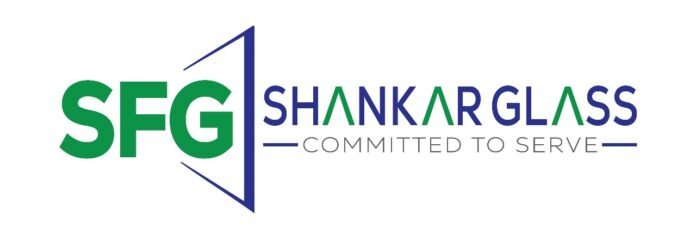By – Mr. Dinesh Chandra Pandey, Founder of Shankar Fenestrations and Glasses
In modern architecture, fenestration systems have evolved far beyond their traditional role of simply providing light and ventilation. Today, they play a critical part in enhancing energy efficiency, aesthetics, comfort, and sustainability in buildings. Among the most widely adopted materials in this space are uPVC (unplasticized polyvinyl chloride) and aluminum. With continuous innovation, these materials are being transformed to meet the demands of contemporary architecture and smarter, greener living.
Smart Fenestration for Smart Buildings
In the past few years we have seen the introduction of smart technology into window and door systems. Home fenestration has integrated features like motorized windows, automated blinds, and sensors that can respond to temperature, light, and air quality, through IoT technology. They can be connected to home automation platforms and can also enable real-time adaptive control of building systems with environmental conditions. At the end of the day, all these lead to comfort, energy efficiency, and much less dependency on mechanical HVAC systems.
uPVC: Evolving for Performance and Sustainability
It has been a long time since we acknowledged uPVC as insulation-friendly and it does not require a great deal of maintenance. Today’s systems have even more advantages. They are all lead-free and recyclable; hence, they are more suitable for the green construction that one may be looking for. In addition, the multi-chambered frames give better thermal insulation, thus achieving lower energy consumption in any building. Moreover, uPVC windows and doors can now provide high levels of sound insulation, thus making them ideal for usage in cities that are generally noisy or close to highways and airports.
Aluminum: Where Strength Meets Sleek Design
Aluminium has been prized for its strength and durability even in the past; however, such achievements have now advanced to newer heights. Today’s thermally broken aluminium frames now match or exceed the insulation performance of other materials and can be used in energy-efficient buildings. Since aluminium is a lightweight but strong material, it allows slimmer frames with larger glass areas for modern designs, which is ideal for contemporary designs that favour lighting and openness from outdoors. Aluminum has the ability to resist corrosion and harsh weather; hence it is going for a good investment in the long haul.
Finishes and Customization Like Never Before
Today, uPVC and aluminum, both, come with an overwhelming variety in colors, textures, and finishes. uPVC can be laminated with woodgrain or bold colors to conform to any design vision while aluminum offers powder-coated and anodized finishes in a color palette-all but infinite. Hence, architects and homeowners alike can now experiment with exterior and interior aesthetics while remaining true to performance and durability.
Built for Safety and Compliance
Today’s modern fenestration systems are engineered to meet different safety and performance standards: fire-rated windows, hurricane glazing, or security that accommodates multi-point locking-a thorough testing of systems of uPVC and aluminum to ensure that they conform to internationally accepted building codes establishes their reliability in residential or commercial structures that offer superior performance.
uPVC and aluminum fenestration systems are continually being improved to alter building design and experience. With smart technologies, enhanced energy efficiency, stylish customization, and increased sustainability, these systems form the basis of modern architectural design. As the continuous movement toward smart, clean, and efficient buildings takes place, the role of advanced fenestration will play a more significant part in the configuration of the built environment of tomorrow.


